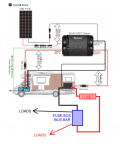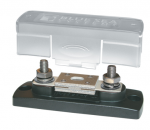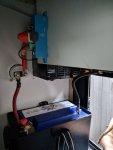DCH109
Adventurer
While I have little knowledge of a DC-DC charger other than what was in my old camper, I will agree and disagree with your post above. However most ECU's are smart enough to handle this. My LR3 is one of the worse energy hog out there, if the main battery is low the Rover will drop into limp mode (well known issue). That said, I have run a 2nd battery in one for years using a custom made isolator without any issue what so ever. I have been out camping for days on end and the 2nd battery was always recharged fully once back on the road (yes I checked this for month before hand). Also ran the same setup in my FJCruiser without any issues. Maybe this is something in new Toyotas. I have never tried moving from one camping spot to another after a week, so this is a possibility in this case, but camping 1 place each day with a fridge and all accessories off the 2nd battery, never been an issue.I would also disagree about DC-DC chargers being 'terrible'. In some situations they are not necessary, but in may they are. In most modern vehicles the alternator is controlled by an ECU and the operation is dialed in to charge the starting battery and provide for the stock loads while minimizing parasitic loads on the engine. They are not designed to charge an extra house battery and they will quickly drop back to a lower voltage, providing very little charge to the house battery. Modern Toyota alternators are definitely this way - they rapidly decrease output to 13.6-13.7V. If you want to get a decent amount of power form these to a house battery you either need to over-ride the ECU or get a DC-DC charger.
Almost all DC-DC converters only come on when the car is running, so they do not draw down your starting battery.
Last edited:




